Big Challenges Drive Big Opportunities
Imagine watching time-lapse footage of the forecourt of a busy QuikTrip, Wawa or Love’s. In a beehive-like hum of activity, cars come and go from the gas pumps as one shopper after another emerges from the c-store clutching the likes of to-go meals, drinks or snacks.
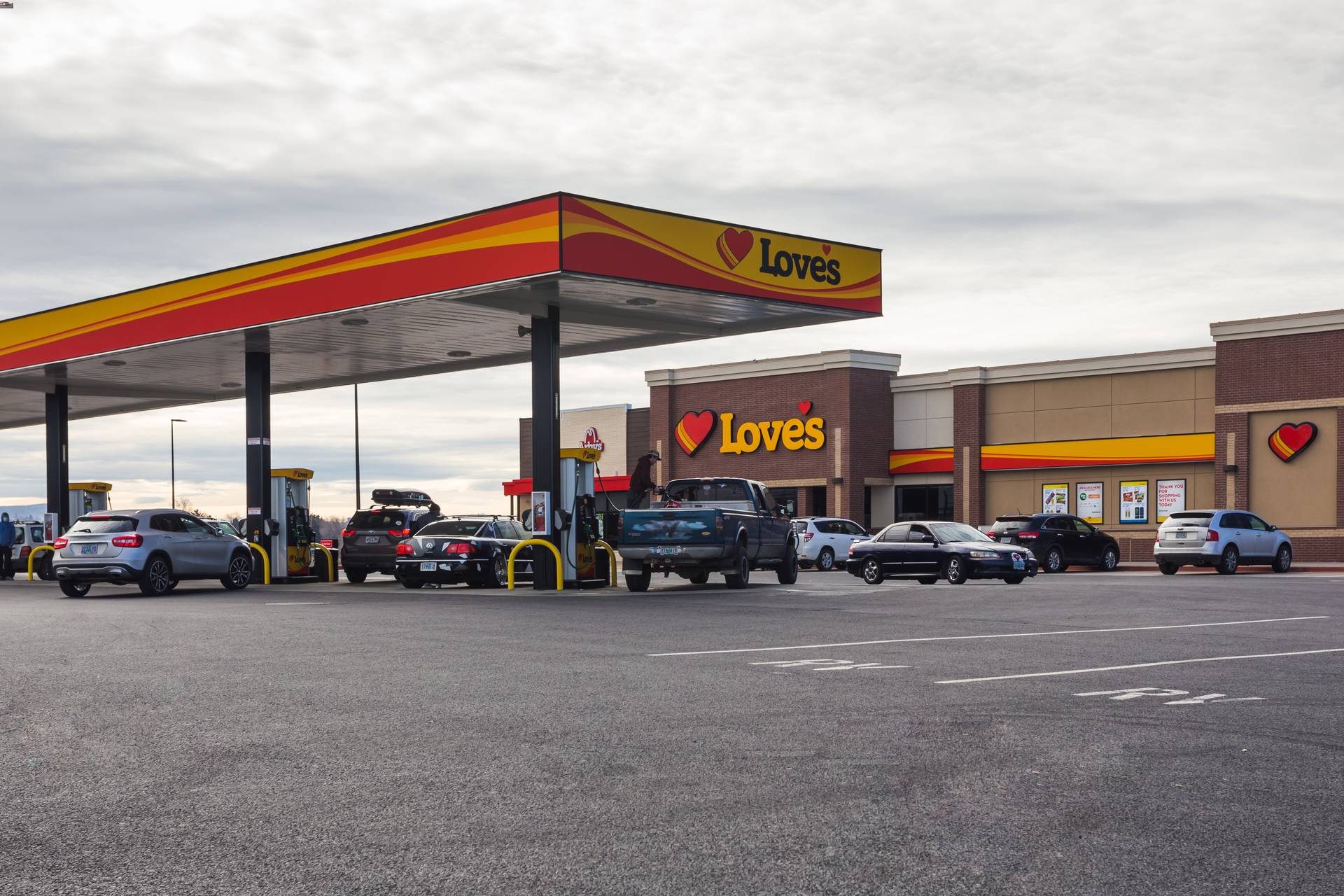
But how would that time-lapse view change if those combustion-engine cars were replaced by battery-powered EVs? Pumping gas takes just a few minutes. Even with Level 3 “fast-charging,” battery-powered vehicles would need to sit at the station for 20 or 30 minutes before zipping out of the lot.
And what engineering, site-layout and store-design challenges would arise for c-store operators and owners of malls, big-box stores, restaurants and other commercial buildings if North America followed in Norway’s footsteps on EV adoption?
Clients in the c-store and retail sectors are increasingly turning to HFA for research and expert perspectives on such questions. We sat down with Scott West, P.E.—a FortWorth-based mechanical engineer and energy efficiency specialist at HFA—to chat about the road ahead for EV infrastructure.
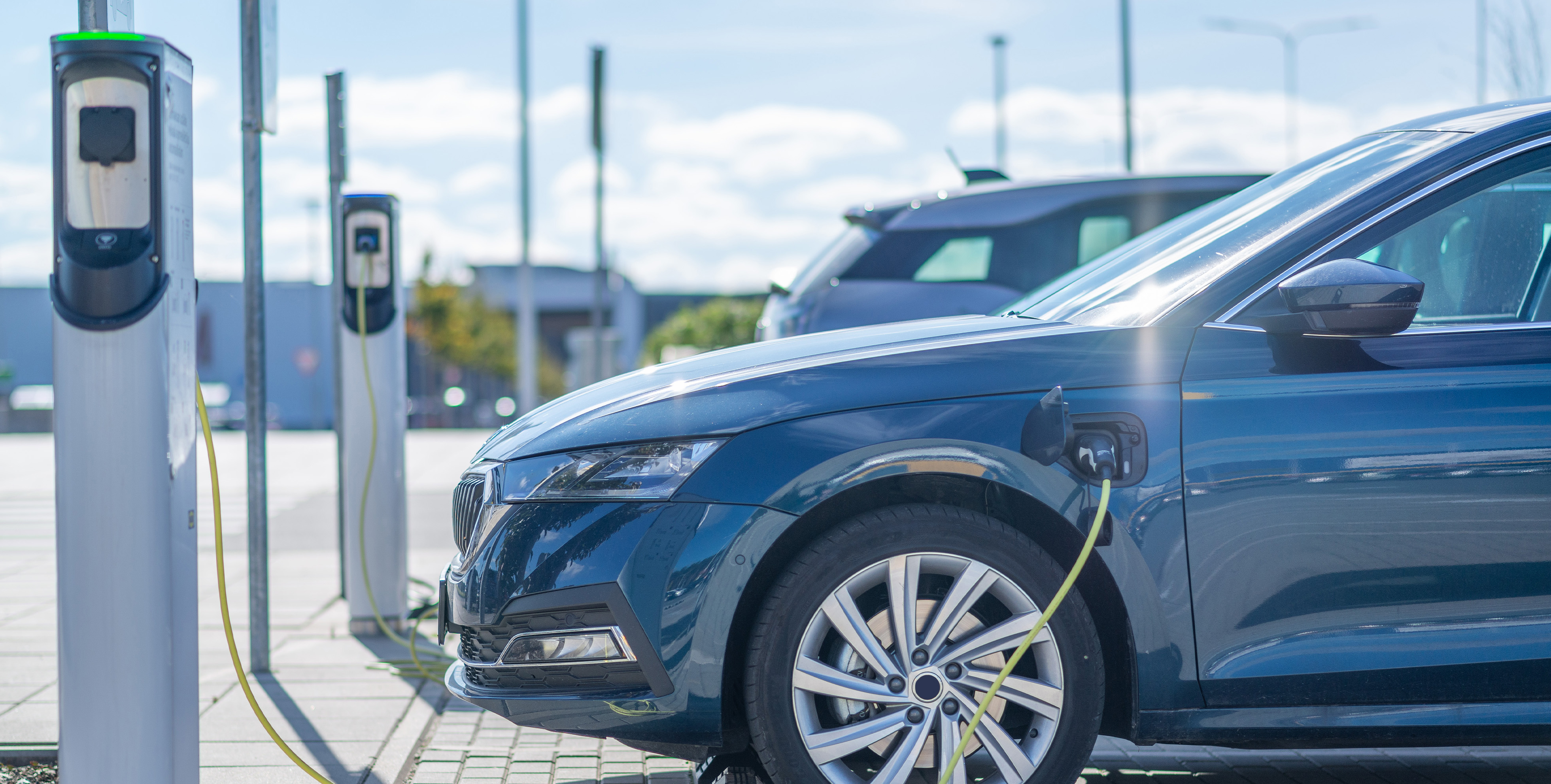
What’s the latest news on EV charging for our retail and c-store clients?
WEST: The $7.5 billion of federal funding made available in the bipartisan infrastructure bill is significant news on this front. U.S. DOE and DOT want to give block grants to states to build out the EV charging network nationwide—particularly Level 3 EV charging infrastructure, the high-powered, quick-charging alternatives to the Level 2 chargers that are out there in most commercial installations now.
Why is that distinction between Level 2 and Level 3 so important?
WEST: Until recently, Level 3, otherwise known as DC fast-charging, could mean anything from about 50 to 150 kilowatts of charging capacity. Under the federal standard now being discussed, funding would not even be available unless the Level 3 EV chargers were from 150 to 350 kW per station, at least for passenger vehicles. This is a huge increase in charging capacity over Level 2, with major implications for sites and local electric grids.
How could fast-charging affect c-stores and other sites?
WEST: With Level 2 charging, it could take anywhere from 4 to 10 hours to take an EV battery from empty to full. That can work for fleet vehicles because you can rotate them in and out. And it can work in office environments—employees can park their cars and charge all day—or in multifamily developments, where you can charge while you sleep.
In retail settings, Level 2 is pretty limiting. Even if a shopper spends two or three hours at an outdoor mall, it may not be enough time to top off the battery, much less achieve a full charge. Level 3, under this new definition, is just much, much faster.
But there are some subtleties here. With gas-powered cars, we’re accustomed to thinking in terms of going from ‘empty’ to ‘full.’ For EV batteries, it’s really more about reaching a charge of about 80 percent. That’s because charging speeds slow down as batteries start to fill up, just to prevent the battery from getting damaged. According to the federal government, it can take as long to charge the last 10 percent of an EV battery as it took to charge the first 90 percent!
Leaving aside some variables like the type of charger port and the battery type and size, reaching 80 percent with a Level 3 charger under the proposed standard could take as little as 20 minutes. It’s a huge improvement, and we’re already hearing from more c-store and retail companies that are interested in building out Level 3 infrastructure.
Any tips for retailers that are looking at DC fast-charging for specific sites?
WEST: Let’s start with the grid impact and how that intersects with utilities. Right now, passenger vehicles have battery sizes running from about 40 to 100 kilowatt-hours (kWh), meaning they’ll store about that much energy on a full charge. Long-haul trucks, which are likely to be served by 600 kilowatt (kW) fast-chargers and up, will have batteries of anywhere from 500 kWh to 1 megawatt-hour (MWh) in size. For context, it takes a whole month for the average American house to consume about 890 kWh of electricity.
You can see that EV fast-charging involves huge electrical loads, and there’s potential for this to increase even further. Tesla’s “Megacharger” runs at even higher voltages than current Level 3 DC fast-chargers, with an enormous 1 MW of capacity. The claim is that it will provide 400 miles of range in 30 minutes.
So a busy c-store site with chargers for both passenger vehicles and long-haul trucks will have a direct impact on the grid. Fortunately, there are some ways to mitigate consumption at these sites. For example, fast-chargers can be designed to switch into power-sharing mode when charging levels get high across multiple ports. Let’s say you have a charging station that maxes out at 350 kW. When second or third cars plug in to charge at other stations in the lot, the load is reduced across all the stations. The goal here is to apportion and balance the power being consumed. But according to the federal standard, Level 3s are always supposed to provide at least 150 kW of charging capacity. So when 10 stations are charging EVs at the same time, you’re talking about a minimum of 1,500 kW, even with power-sharing. It helps, but again it’s a huge electrical load for a single location.
Are retailers facing a lot of red tape from the utilities?
WEST: Electric utilities want to work with retailers and are generally pleased with rising EV sales and the ‘electrify everything’ movement. Due to improved energy efficiency, many utilities have been losing loads for years now, so EVs are a promising source of new revenue. But in terms of whether you’ll be able to install fast-chargers at particular locations, that is going to depend on the physics of the grid as well as other factors.
As c-store companies look at rolling out fast-charging in their portfolios, they are going to need to work closely with municipalities and electrical engineers to determine what is possible. A retailer could run into a situation where, yes, installing two Level 3 chargers is viable, but not eight or 10.
C-stores and other retailers will need to choose their EV charging manufacturer, put together their basic plan for the stations, and file a service application with the utility.They’re basically asking, ‘Hey, can I put 500 kW of load at this particular point in your system?’ Retailers should be advised that if they’re purchasing new property with plans to roll out EV charging infrastructure on site, the service application could lead to those plans becoming public. For competitive reasons, that may be less than ideal for them, but there may be no way around it.
Unfortunately, it’s hard for retailers to make assessments about grid capacity beforehand. Most utilities will not share openly that a substation in a particular neighborhood is nearly overloaded. Once you make your service application, the utility will do a dedicated interconnection study, and you’ll just need to wait for the results.
You also have to think about panel capacity at the site. Most convenience stores and smaller commercial buildings rely on 208-volt electrical service. The slower Level 2 chargers can work on that kind of electric service so for those, as long as you have enough capacity on your panel, you could add Level 2 charging without much headache. However, with fast-charging you’ll need a new, higher-voltage electrical service. DC fast-chargers need to be on a 480-volt, three-phase service. Retailers need to build that into their planning.
If you’re installing Level 3 chargers at a new store, it could be cost-effective to put in a combined service where the electrical feeder serves the EV charging and then branches off to serve the building, rather than two separate services. Whether or not this is an option may depend on the local electric utility requirements.
Could you talk more about HFA’s role on these projects?
WEST: Professional electrical engineers are always needed to validate sets of drawings and do things like mitigate against arc flashes, scrutinize fault current, and compare the power requirements proposed in the design with the actual equipment and distances involved.
But at HFA our teams are also looking at how adding Level 3 stations could affect the vehicular and pedestrian flow at c-store and retail sites. We have been brainstorming with colleagues and clients on the business opportunities that can emerge when people spend 20 or 30 minutes on site to fast-charge EVs.
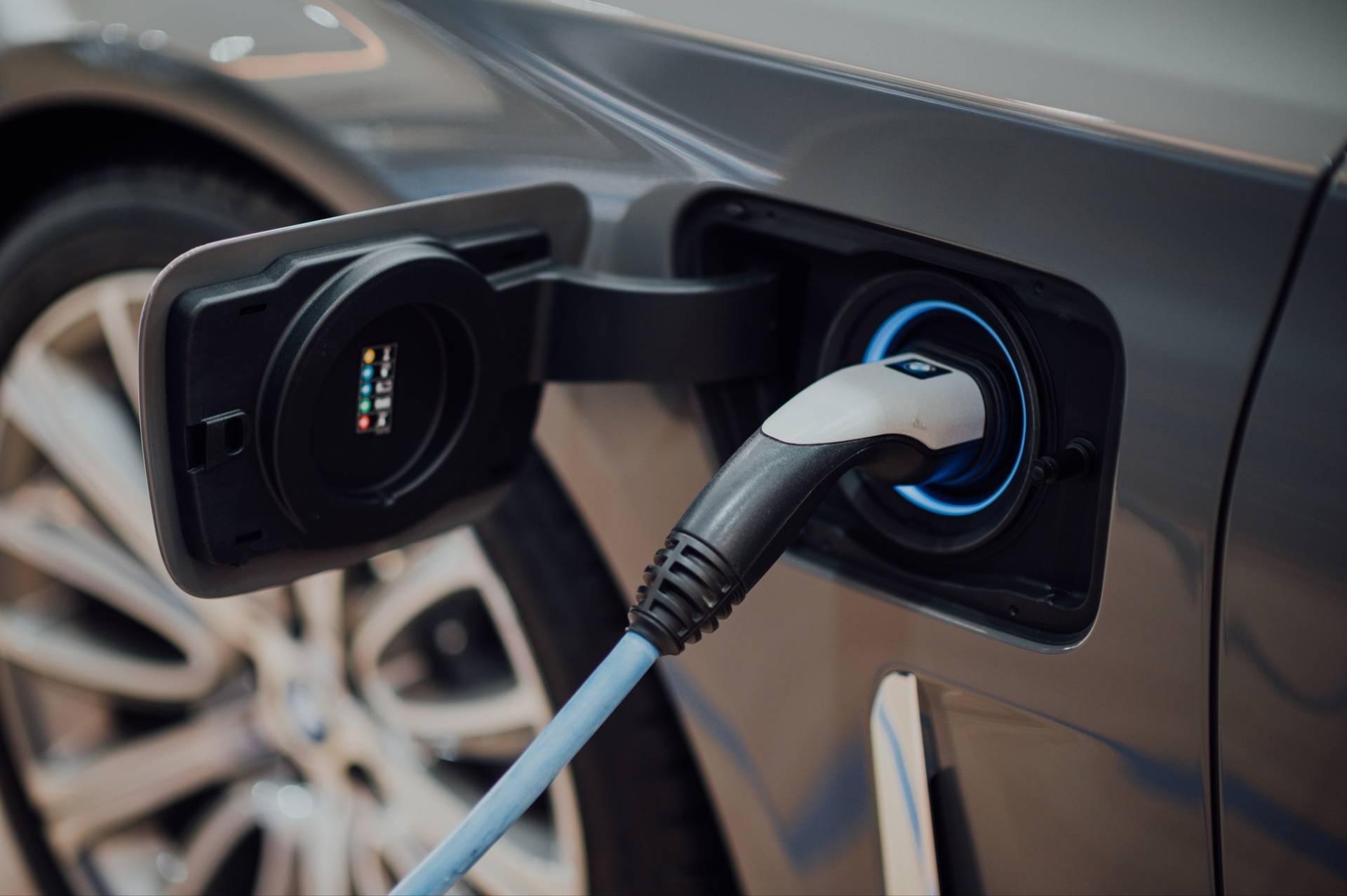
HFA can also play a research role. Earlier this year, I ran a fast-charging study for a regional c-store chain’s pilot program on EV fast-charging. We brought them up to speed on the offerings of four manufacturers of Level 3, 150- to 350-kW charging equipment. As part of that, we made suggestions on the type and size of switchgear that would be required and looked at different configurations—the number of chargers at a generic test site, the most efficient way to approach the electrical service, and more. For retailers, having this kind of information on hand early in the planning process can be extremely helpful.
Anything to say about site-selection for Level 3 chargers?
WEST: If you’re a convenience retailer, now is a good time to run a pilot program. You can pick one or two locations, install fast-charging and watch how it affects sales as well as vehicular and pedestrian traffic flow. I’d recommend installing a minimum of two charging ports at each location.
When you’re picking those pilot locations, look carefully at the incentives and constraints that could come into play. You want to be as cost-effective as possible.Where is your state in terms of providing you with guidance and support? If the store is in Massachusetts or California, you may have a lot of resources at your disposal, because these states are ahead of the curve. Others have barely started looking at EV charging infrastructure. States in that latter camp might struggle to answer your questions or take longer to pursue and distribute federal block grant money.
Since the U.S. government is putting a high priority on building EV infrastructure along major interstates and highways, some of your sites may be better targets for Level 3s than others. Retailers may want to consider running some portfolio analyses to identify high-priority locations for charging stations, based not just on sales per square foot but also on proximity to major transportation infrastructure.
I’d also say that it’s extremely important to look carefully at utility rate design—what you will have to pay for that electricity and how the rate will change based on dynamic factors. Utility rate design is going to largely determine what you can afford to charge your customers for EV fast-charging. Will it be a flat eight cents per kilowatt hour? Or is the utility going to penalize you for electricity consumed during times of peak demand?
If the rate you’re paying is too high, you might struggle to be competitive. We know that drivers of combustion-engine vehicles will go out of their way to save a few cents per gallon. Competitive analysis around Level 3 charging is going to be extremely interesting and challenging in the years ahead. You could have two c-stores right across the county line from one another, both served by different utilities. If the rate they’re paying is significantly different, you could see long lines at the EV chargers at one c-store and tumbleweeds at its counterpart across the county line.
Any other best practices you’d recommend?
WEST: This is an emerging trend, so it’s important to have at least part of your focus on the future. Necessarily, that’s going to require making some predictions. With respect to equipment, for example, a c-store company may want to think about how its marketing program could evolve in the years ahead. Is it likely that you’ll want your shoppers to be able to use your mobile app to find the nearest fast charger at one of your stores? Will you want them to be able to get loyalty messages and rewards on the drive over? How about paying for the charge through your app as well?
The manufacturer of your equipment may oppose all of those approaches, preferring to drive users to its own app, payment system and nationwide network of EV chargers. Other manufacturers may rely on a more open-source protocol with respect to communication between consumers’ devices, the c-store company and the stations. Make sure you install charging systems that will allow for the marketing approach you want to try. We are already hearing c-store clients discuss some of these exciting possibilities.
With respect to sites, retailers should also keep thinking about how EV charging could change things in a scenario of truly widespread adoption. If you’re installing two EV charging stations today but could need to install 10 of them in five or seven years, you may want to save money, time and headaches by beefing up certain parts of the infrastructure now. For example, you could rough-in enough conduit under the concrete pad to serve 10 stations, not just two.
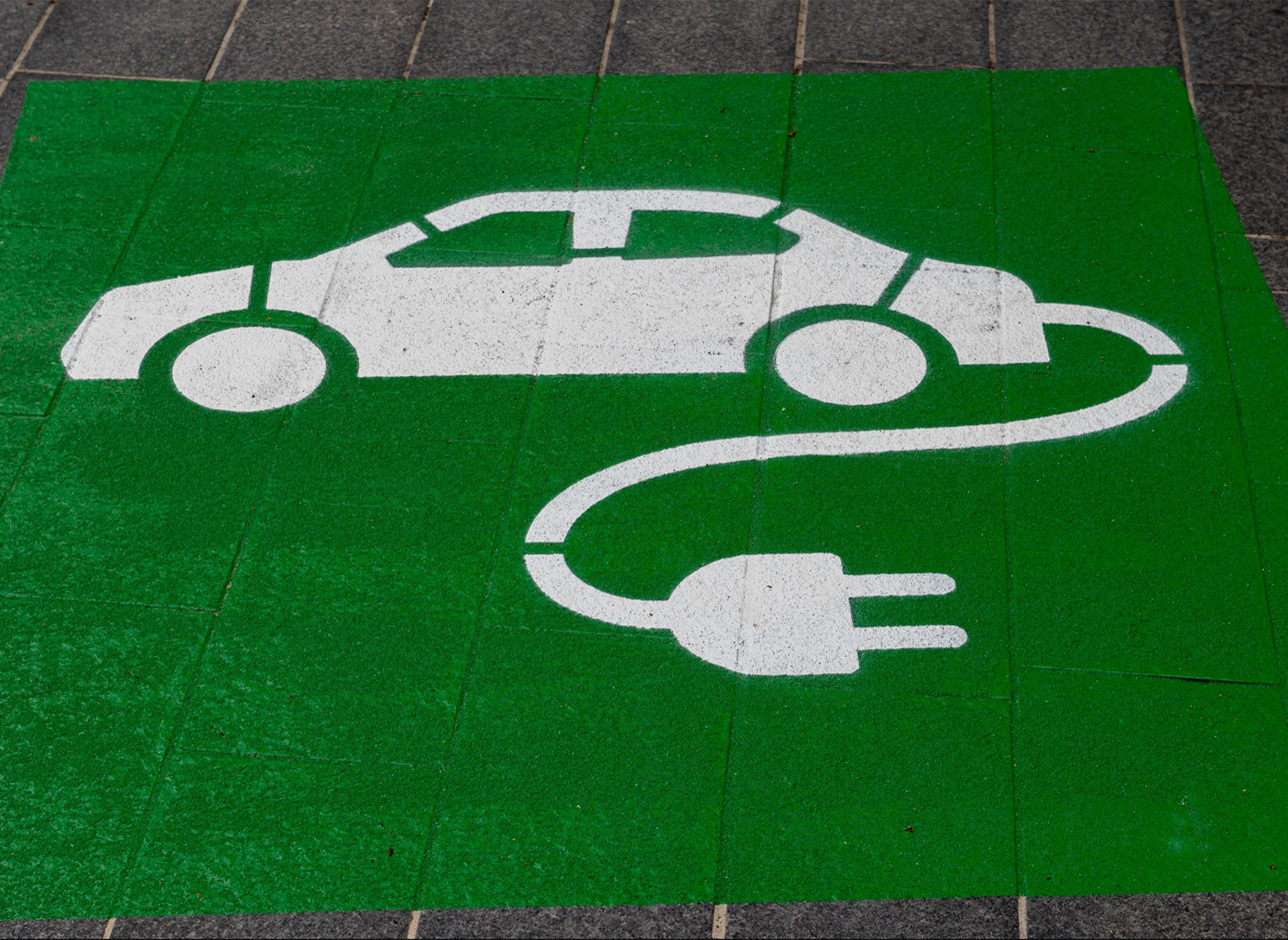
Lastly, I’d recommend keeping an eye on emerging trends in fast-charging, battery storage, vehicle ranges and other topics. Popular Mechanics just ran an article on the development of solid-state batteries, which could one day speed up EV charging to a remarkable degree. The move to a global standard or universal plug for heavy-duty commercial EV chargers—the so-called Megawatt Charging System or MCS—is also underway. Because Level 3 charging, especially at these higher capacities, is so new and is evolving so quickly, c-stores and retailers would do well to periodically revisit their plans in light of emerging information.
It’s also a great idea to talk to a broad array of experts to get fresh perspectives on what’s happening. At HFA, we’re excited about the future of this industry and helping developers navigate these trends.
Based in Fort Worth, Texas, Scott West (P.E., PMP, LEED AP BD+C, ASHRAE BCxP, BEAP & BEMP) is a senior mechanical engineer, energy efficiency specialist, design lead and project manager at HFA. He has more than 16 years of experience with various building types, HVAC, and renewable energy systems and is a leading energy modeling specialist, having completed dozens of energy models to support design decisions, code compliance, and LEED certification. You can contact Scott via email at scott.west@hfa-ae.com.
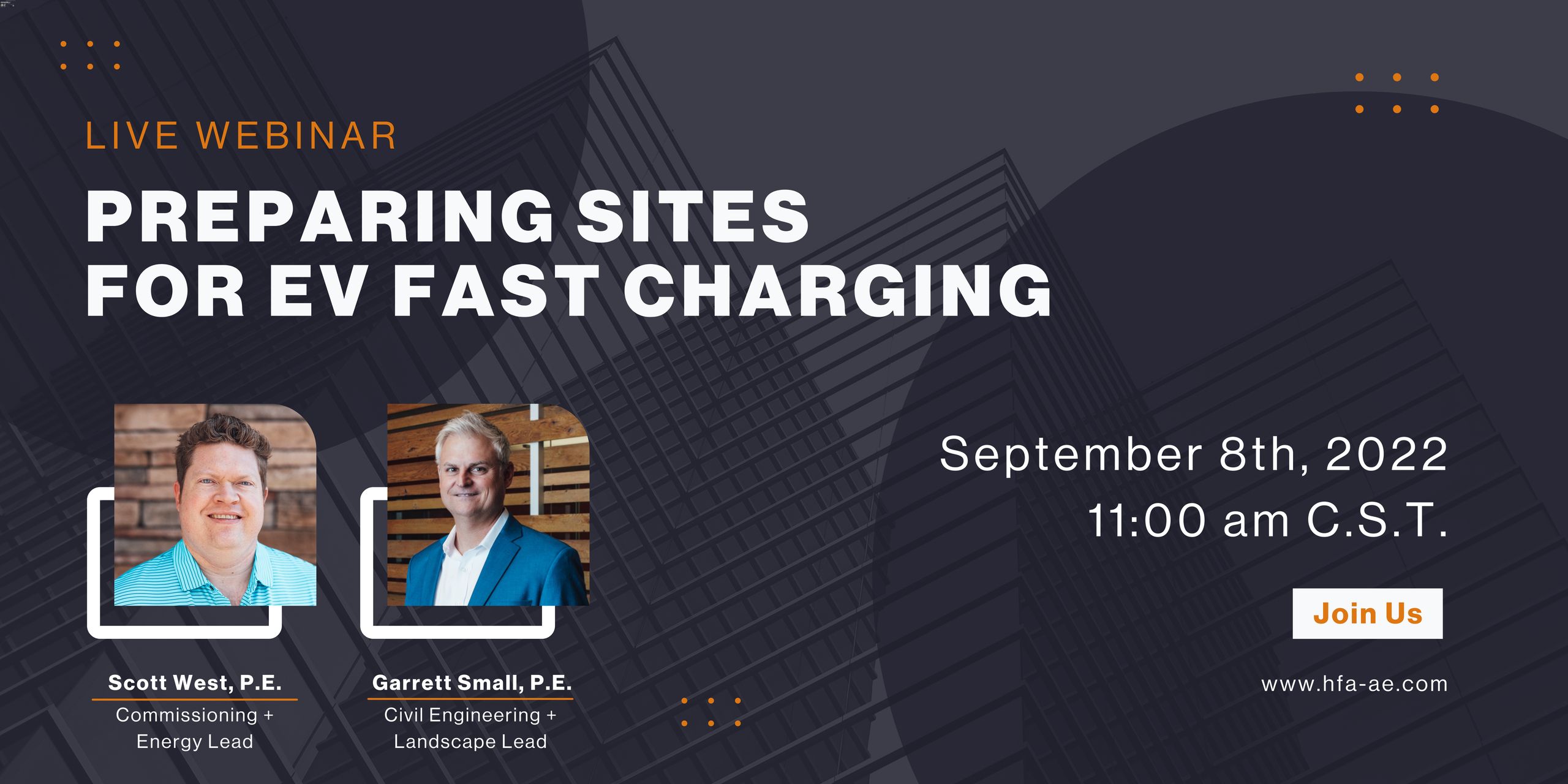
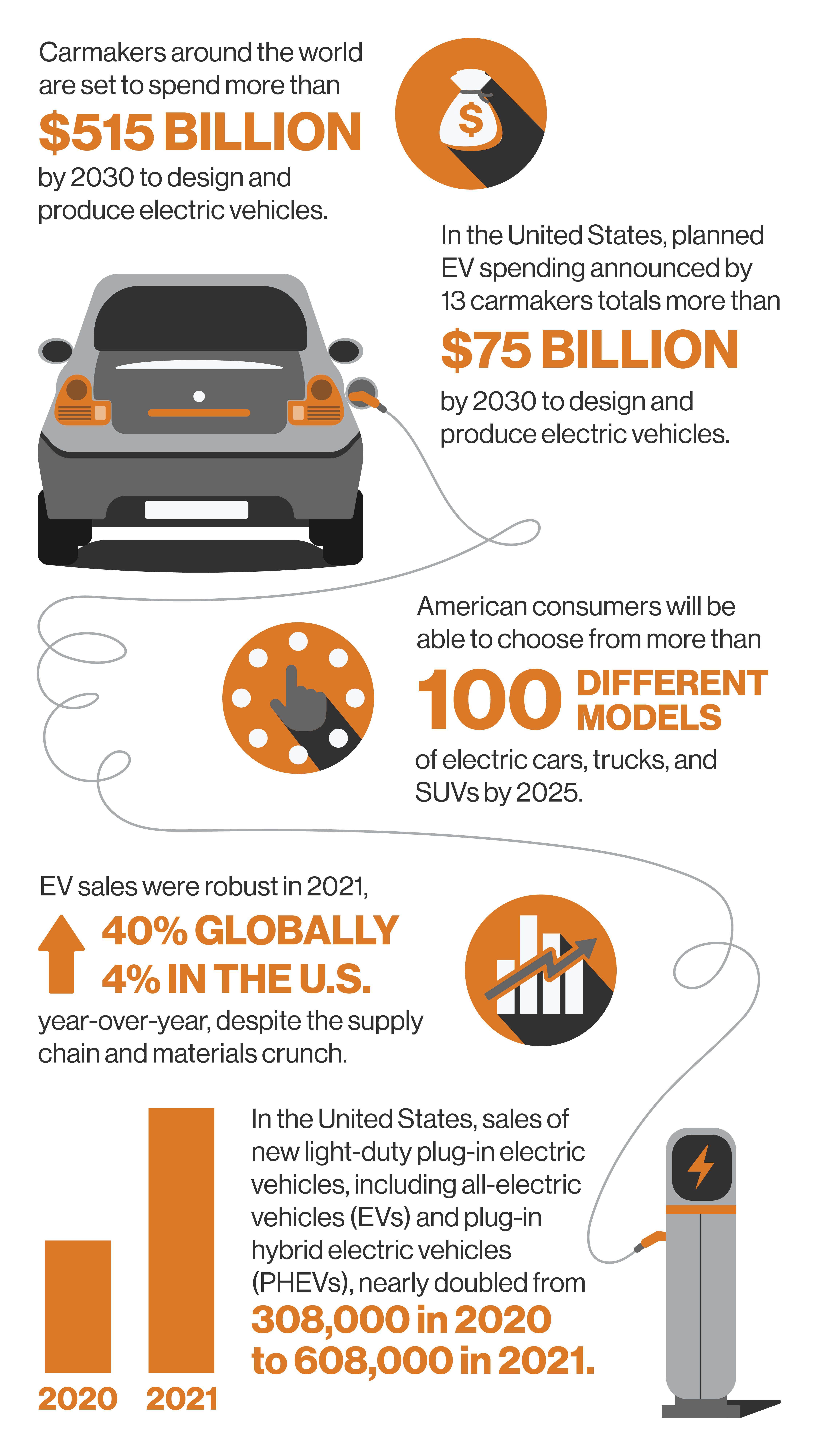

.png)
.jpg)

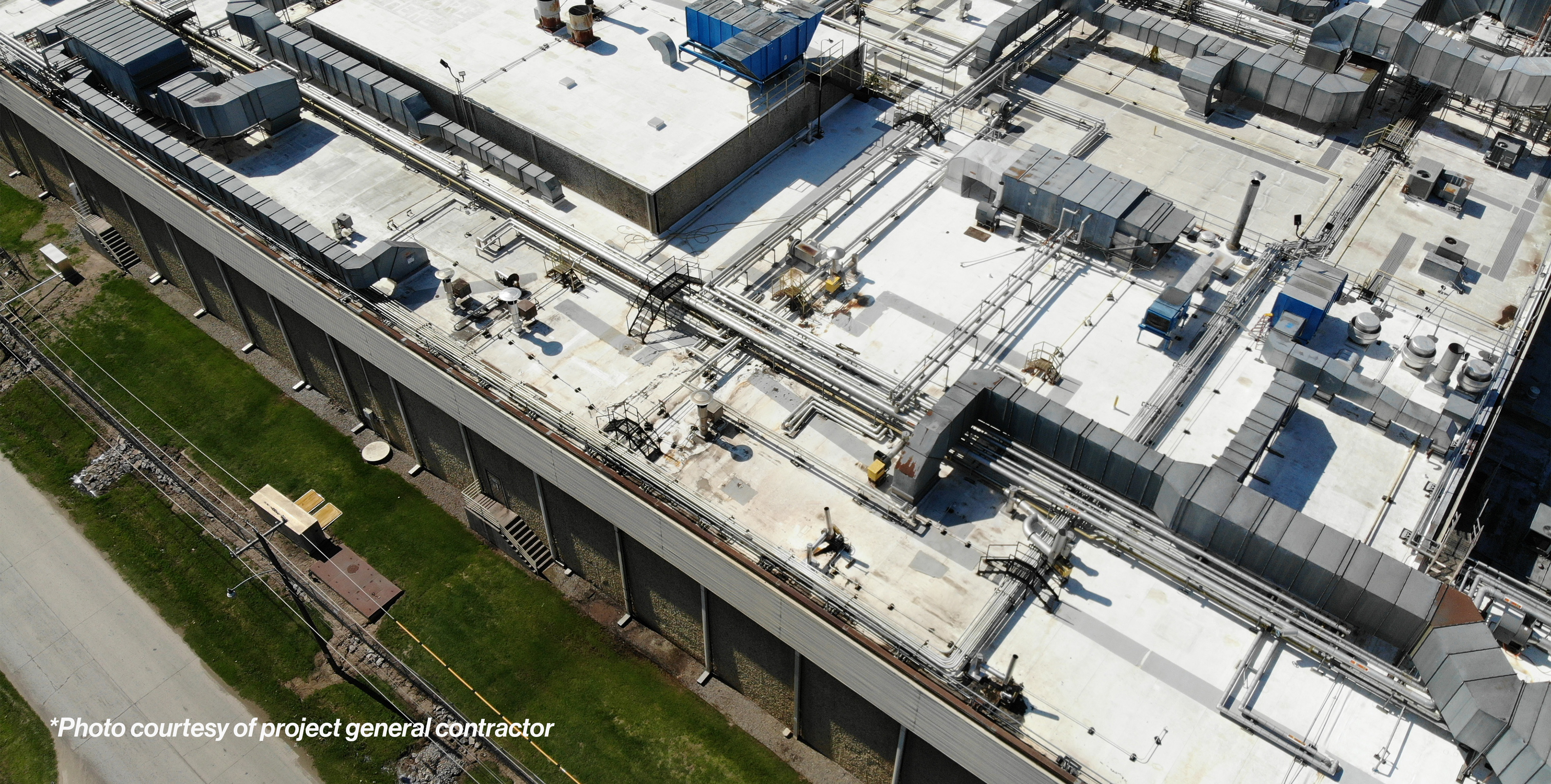

.png)
.png)


